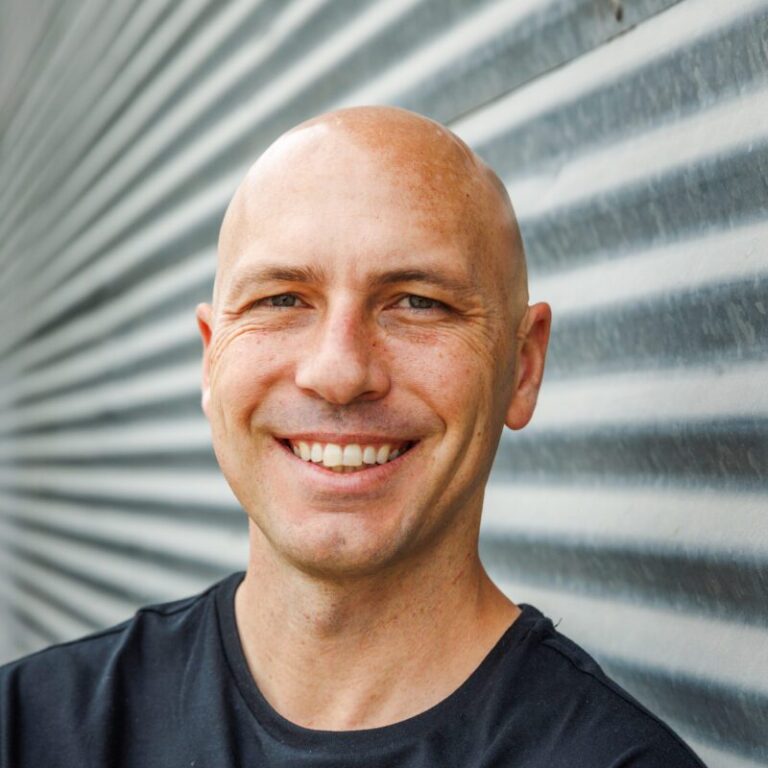A seasoned veteran in the CPG (Consumer Packaged Goods) industry, Jason Vaught brings a wealth of knowledge and hands-on experience as the director of content and marketing for SmashBrand. His comprehensive role at the forefront of brand communication ensures that CPG brands remain well-informed about the suite of services SmashBrand offers. Furthermore, his insights derived from the company’s strategy, design, and testing services are invaluable to brand owners and managers seeking expert guidance.
Company: SmashBrand
We are thrilled to have you join us today, welcome to ValiantCEO Magazine’s exclusive interview! Let’s start off with a little introduction. Tell our readers a bit about yourself and your company.
Jason Vaught: This is Jason Vaught, and I primarily manage all our outward communication and brand education at Smashbrand. My job centers on developing a coherent content strategy that informs CPG brand owners about our deep capabilities in design and data-driven product success. We understand brand owners need clear, actionable guidance based on verifiable consumer insights.
Smashbrand is an exclusive CPG packaging design agency that is unique in the industry because we actually guarantee our performance. We do this by applying an integrated methodology that moves from strategy and innovation through design and proprietary consumer testing at every single stage. We eliminate the guesswork from packaging because our process ensures the final product will measurably drive sales velocity and market success. My work focuses on communicating the invaluable, tested insights our strategy and design services generate for managers seeking expert, results-oriented guidance.
What emerging technology trends do you believe will have the most profound impact in the next 5-10 years?
Jason Vaught: I firmly believe the single emerging technology trend that will have the most profound impact in the next five to ten years is the widespread application of Generative Artificial Intelligence for Rapid Prototyping. This technology is already moving far beyond simple image creation and is fundamentally changing the speed of product development across all CPG categories.
Generative AI will shrink the conceptualization and design iteration cycle from weeks down to hours, allowing brands to test a dozen different packaging concepts or product extensions in the time it currently takes to refine just one. This acceleration is game-changing because it drastically lowers the upfront cost of innovation, giving smaller brands the ability to compete with larger established players. We are already seeing initial models that can translate complex consumer testing data into immediate visual design adjustments, increasing the certainty of market success by a measurable percentage before any expensive molds are even created. This trend shifts the competitive edge entirely to the companies that can test and learn fastest with data-driven precision.
Can you share a specific technological breakthrough from your company that has the potential to reshape your industry?
Jason Vaught: Our most impactful innovation is not in a design tool itself but in our proprietary Eye-Tracking Simulation Algorithm. The technology uses a sophisticated machine learning model, trained on thousands of actual consumer eye-tracking sessions, to instantly predict where a shopper’s gaze will land on a package design within the first 1.5 seconds of shelf exposure. Traditionally, getting this level of visual attention data required expensive and slow in-person testing in a simulated retail environment. Our algorithm now provides that data in near real-time, assigning a measurable Visual Attention Score to every single design iteration during the creative process. This means our designers know with high confidence if the core product benefit, which is the sales driver, is being seen by over 85% of shoppers immediately. This capability moves packaging from subjective art to objective, performance-guaranteed science by cutting the initial testing phase time by 80%.
How do you approach innovation while balancing the need for practicality and market readiness?
Jason Vaught: We achieve practicality and market readiness by immediately subjecting all innovative concepts to our proprietary consumer testing. This early validation is our non-negotiable step. We rapidly prototype novel concepts, whether it is a unique packaging structure or a bold claim, and present them to target consumers digitally to immediately gauge genuine purchase intent. The data acts as the ultimate commercial filter: if an innovative idea receives a high score for distinctiveness but a low score for purchase intent, we quickly adjust it or discard it entirely. We do not chase creative awards; we chase measurable market performance. By embedding consumer testing at the strategy stage, we guarantee that the final innovative design is not just new, but it is proven to sell at the shelf. This integrated system removes subjective risk and ensures the final design is both innovative and practical for mass production and retail success.
What challenges do you face in integrating cutting-edge technology into existing business models?
Jason Vaught: The greatest challenge we face when integrating cutting-edge technology into existing business models is not the technology itself, but the organizational and financial friction created by legacy infrastructure and ingrained processes. New technology demands new ways of working, which organizations are often resistant to adopting.
The fundamental issue is that most established CPG brands are running on infrastructure and software platforms designed over ten years ago. These systems were built for stability and scale in a predictable market. Integrating a truly cutting-edge tool like Generative AI for rapid prototyping requires these older systems to communicate with entirely new data structures and speed requirements. We often find that 70% of the integration effort goes into building custom bridges between the new technology and the old ERP or design management systems just to ensure operational continuity.
How do you foster a culture of innovation within your organization to stay ahead in the tech race?
Jason Vaught: To stay ahead in the tech race, we do not simply manage innovation, we actively engineer a culture of required experimentation at Smashbrand. This means innovation is not a separate department or an occasional event, but a measurable, daily expectation integrated into our core methodology. We build our culture around specific, actionable pillars to ensure new ideas are constantly generated and practically applied across the entire organization.
We start by building Mandatory Idea Vetting Time into the schedules, dedicating specific blocks, around 10% of weekly working hours, where teams must explore and prototype new technological applications, separate from client projects. This dedicated time is specifically for low-cost, high-volume experimentation, such as testing new AI models, visualization tools, or data processing methods. We recognize that eliminating non-viable concepts quickly is a success, so we celebrate the learning from failures just as much as the triumphs.
To ensure ideas are relevant, we practice Cross-Functional Data Exposure, deliberately breaking down the typical team silos. We ensure that our design teams are directly exposed to the latest raw consumer testing data and the insights gathered by our strategy and technology teams. This direct exposure bypasses layers of interpretation, allowing the designers themselves to immediately identify unmet needs or internal process bottlenecks that new technology could solve.






